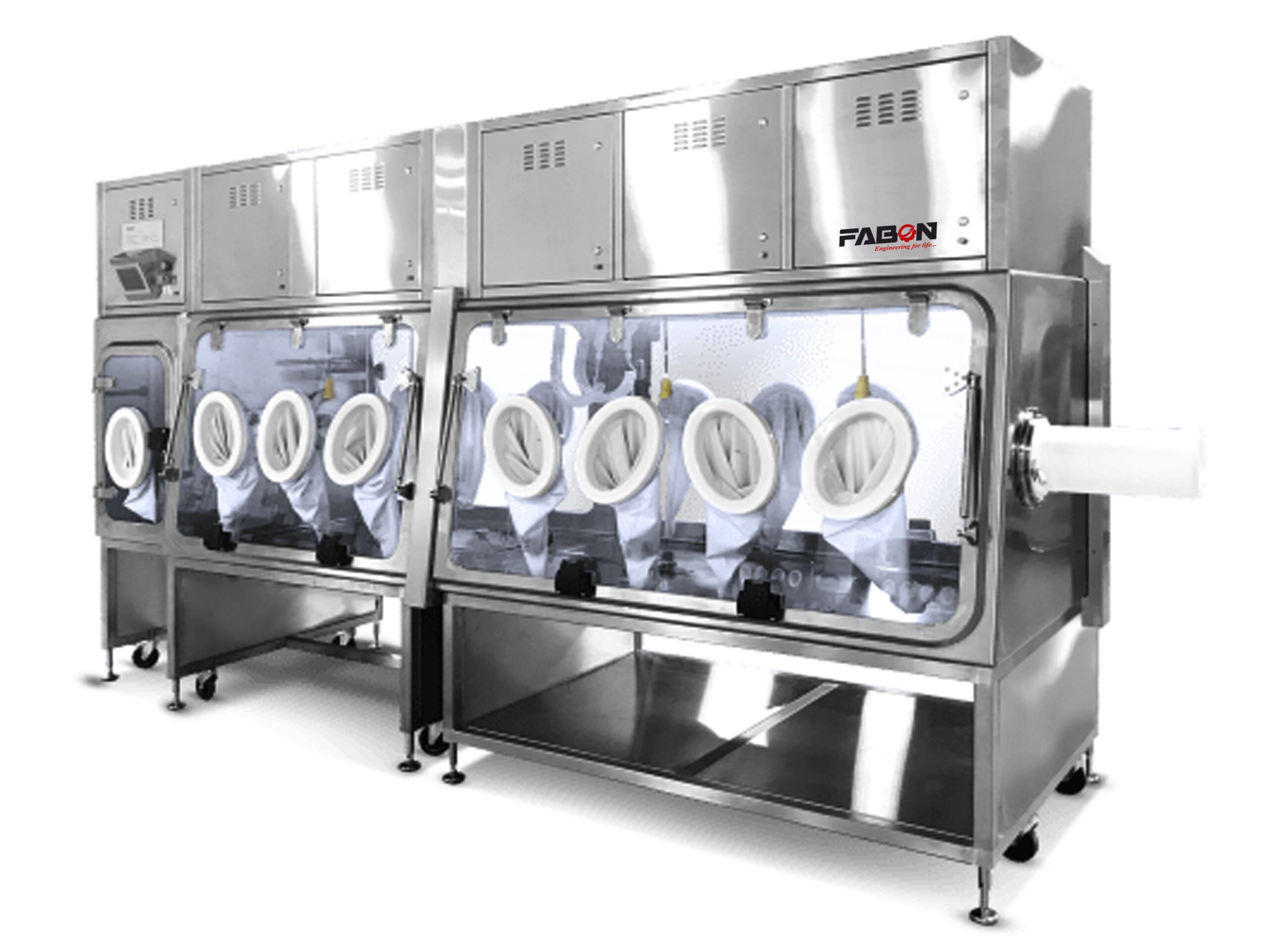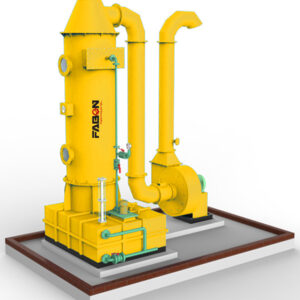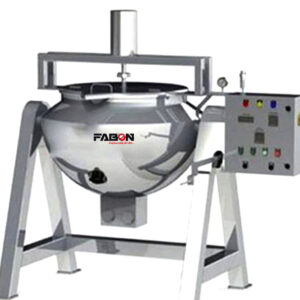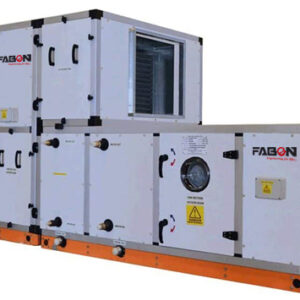Isolator (Glovebox) for Pharmaceutical Industry: Technical Specification & Application
A Pharmaceutical Isolator (Glovebox) is a containment system that provides a controlled environment to handle sensitive material, such as highly potent APIs (HPAPIs), sterile products, and dangerous compounds. It protects against contamination while securing the safety of the operator by ensuring a physical barrier between the operator and the product.
Technical Specifications of Isolator (Glovebox)
- Material of Construction
- Stainless Steel (SS 316L for contact surfaces, SS 304 for non-contact surfaces) – resistant to corrosion, GMP standards.
- Transparent Glass Windows or Polycarbonate – ensure visibility and maintain a sterile condition.
- Smooth Welded Chamber Construction – ensures dust-free collection and easy cleaning.
- Containment Levels & Pressure Control
- Positive Pressure Isolator – applied to sterile/aseptic use in order to bar the entry of contamination.
- Negative Pressure Isolator – applied for working with hazardous or powerful compounds to save the operator.
- Pressure range: -200 Pa to +200 Pa, application-dependent.
- Filtration & Airflow System
- HEPA/ULPA Filters (≥99.997% efficiency, 0.3 microns) – allows clean air circulation within the isolator.
- Laminar Airflow (Unidirectional or Turbulent Flow) – preserves aseptic conditions.
- Exhaust Filtration with Bag-in/Bag-out System – safe disposal of harmful substances.
- Glove Ports & Sleeves
- Butyl, Neoprene, or Hypalon Gloves – offer chemical resistance and flexibility.
- Customizable Glove Ports – usually 4 to 6 ports, depending on the size of the isolator.
- Decontamination & Sterilization System
- Integrated VHP (Vaporized Hydrogen Peroxide) or Steam Sterilization – provides sterilization prior to and after use.
- CIP/SIP (Clean-in-Place/Sterilize-in-Place) System – automated cleaning and sterilization for GMP compatibility.
- Loading & Material Transfer System
- Rapid Transfer Port (RTP) – enables safe material entry and exit.
- Alpha-Beta Port Mechanism – avoids cross-contamination.
- Integrated Pass-Through Chamber – minimizes exposure risks.
- Monitoring & Control System
- PLC-Based Touchscreen HMI Control – instantaneous monitoring of airflow, pressure, and decontamination cycles.
- Temperature, Humidity, and Particle Monitoring Sensors – maintains compliance with ISO Class 5 (Grade A) cleanroom standards.
- Customization & Accessories
- Size & Configuration Customization – tabletop or standalone versions available.
- Weighing & Dispensing Isolators – built-in balance for accurate powder handling.
- Integrated Glove Leak Tester – guarantees airtight integrity.
- Applications of Isolator (Glovebox) in the Pharmaceutical Industry
- Sterile Drug Manufacturing
- Applied in aseptic filling, compounding, and sterile filtration to avoid microbial contamination.
- Handling of Highly Potent Compounds (HPAPIs)
- Prevents operators when handling toxic or potent active ingredients.
- Weighing & Dispensing of Hazardous Powders
- Prevents dust-free handling of cytotoxic or hormonal drugs.
- Cell & Gene Therapy and Biotechnology Applications
- Applied in cell culture, tissue processing, and vaccine production.
- Quality Control & Microbiological Testing
- Offers an ISO Class 5 clean space for sterility testing in QC laboratories.
- Radioactive & Nuclear Medicine Applications
- Utilized for the safe handling of radiopharmaceuticals.






Reviews
There are no reviews yet.